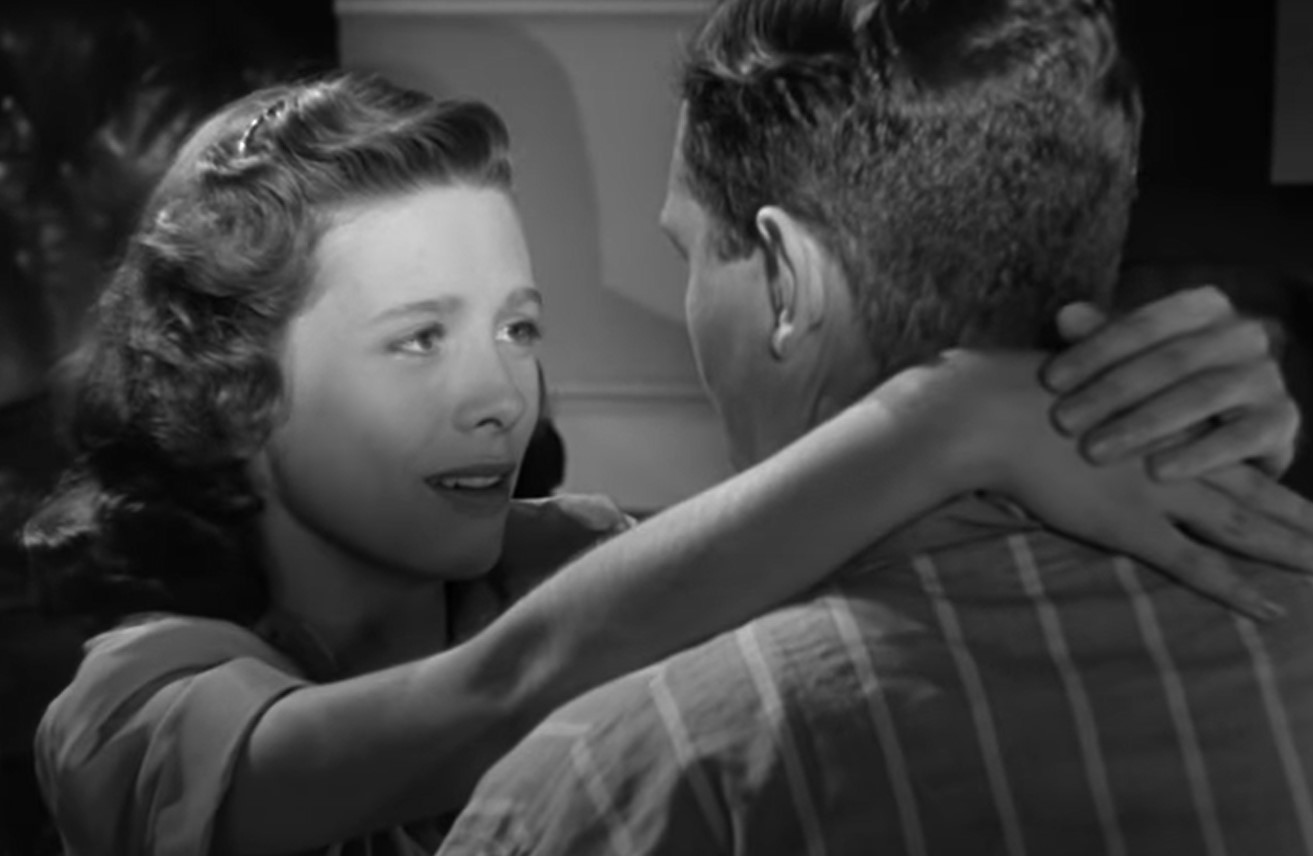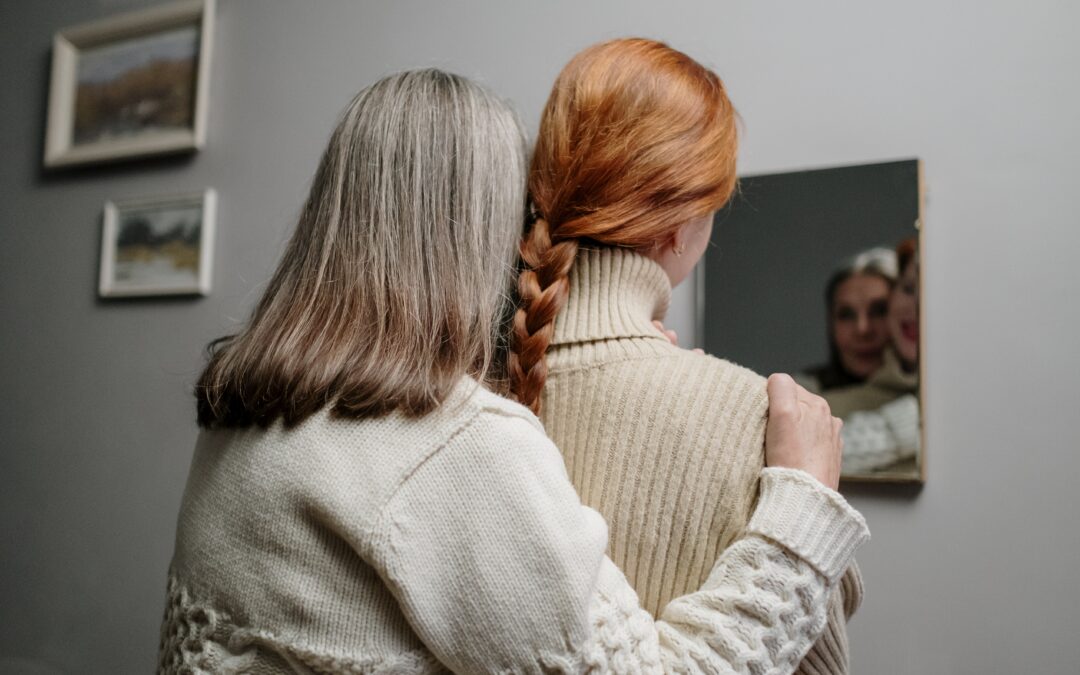| To celebrate Veteran’s Day in 2021 with William Wyler’s The Best Years of our Lives is to regain the sense of community and shared humanity that was once taken for granted in the decades of mid-twentieth century America. This is the cultural period when the great films of the Golden Age were created in Hollywood. What we have lost, as social psychologist Jonathan Haidt points out in The Happiness Hypothesis is that “I believe that we have indeed lost something important–a richly textured common ethos with widely shared virtues and values. Just watch movies from the 1930s and the 1940s and you’ll see people moving around in a dense web of moral fibers.”
The “dense moral fibers Haidt is speaking of are best rewoven through the art of classic movie storytelling. It is in literature, drama, and especially classic films, that we can access realities already planted in our hearts by our Creator through the Natural Law. In an interview with Braver Angels, Jonathan Haidt speculated that 9/11 might be the very last time in our contemporary history when we as a nation experienced unity on the basic facts of reality. Classic movie storytelling, as in this 1946 Best Picture Oscar winner, gives us compelling images and dialogue that confirm the truth of who we are as human beings. It is precisely this anthropological, philosophical, and aesthetic sensibility that confirms the truth that we are moral beings capable of discerning good from evil.
Thomas Merton once famously said that art allows us to see ourselves from both the inside and the outside; we are participants in the drama, not passive observers being entertained. This same sensibility is present for most classic movie lovers with other great best picture winners of the era, such as Casablanca, All About Eve, and On the Waterfront.
The Pain of Boone City
Boone City is the fictional home of three returning veterans of World War II. These three men, Fred Derry, Homer Parish and Al Stephenson, are faced with pivotal moral choices as they confront challenges on the Homefront.
From the beginning scenes when each vet is returning to his own home, we see how they represent a cross section of America. First, Homer returns to a lovely home in a neighborhood with sidewalks and his sweetheart who lives next door. Al’s home is what they called in those days a “swanky” hotel style apartment house. Finally, Fred is the last to arrive at his modest working-class home across the tracks. As the story progresses, there are two settings where much is told about the culture of postwar America in 1946: the bar and grill, owned by Homer’s Uncle Butch and the downtown drugstore which has just been bought out by a chain. These two places of community provide the atmosphere for some of the most dramatic scenes, including Fred’s sacrifice of losing his job at the drugstore when a fist fight breaks out between him and a Nazi sympathizer. This sense of a shared solidarity is captured by G. K. Chesterton’s famous quote, “We are all in the same boat in a stormy sea, and we owe each other a terrible loyalty.”
Each man has his own set of war wounds. Homer must prove to himself, his sweetheart, and his family that he can make a life with hooks where his hands used to be. Al struggles with alcoholism while in his new job at the bank he must juggle the elitism of his boss and the justice owed to returning vets seeking loans. Fred has two great challenges: a failing marriage to a woman he only knew for several days before they married in wartime and finding meaningful work in a civilian world where he has no qualifications.
The Love of Homer and Wilma
One of the most endearing love scenes in the history of cinema unfolds in Homer’s bedroom. Wilma comes over from her home next door and confronts him with the impasse of their relationship. Homer challenges Wilma to come upstairs and experience what he goes through each night when he removes the hooks that take the place of his amputated hands. Wilma confirms her unconditional love for him, and Homer accepts and finally reciprocates it.
If we remember that the heart of any culture is the cherishing of the good things people share together. In our study guide “1940’s Movies and the Business of Life”, we feature this film and others like It’s a Wonderful Life and Key Largo which give a “big picture view of life.” Consider what culture and community are all about, consider what we have lost in our world today of culture and community. Isn’t crossing the generations to watch and discuss great classic films together one of the most important things we can do to bridge political and cultural barriers? |







